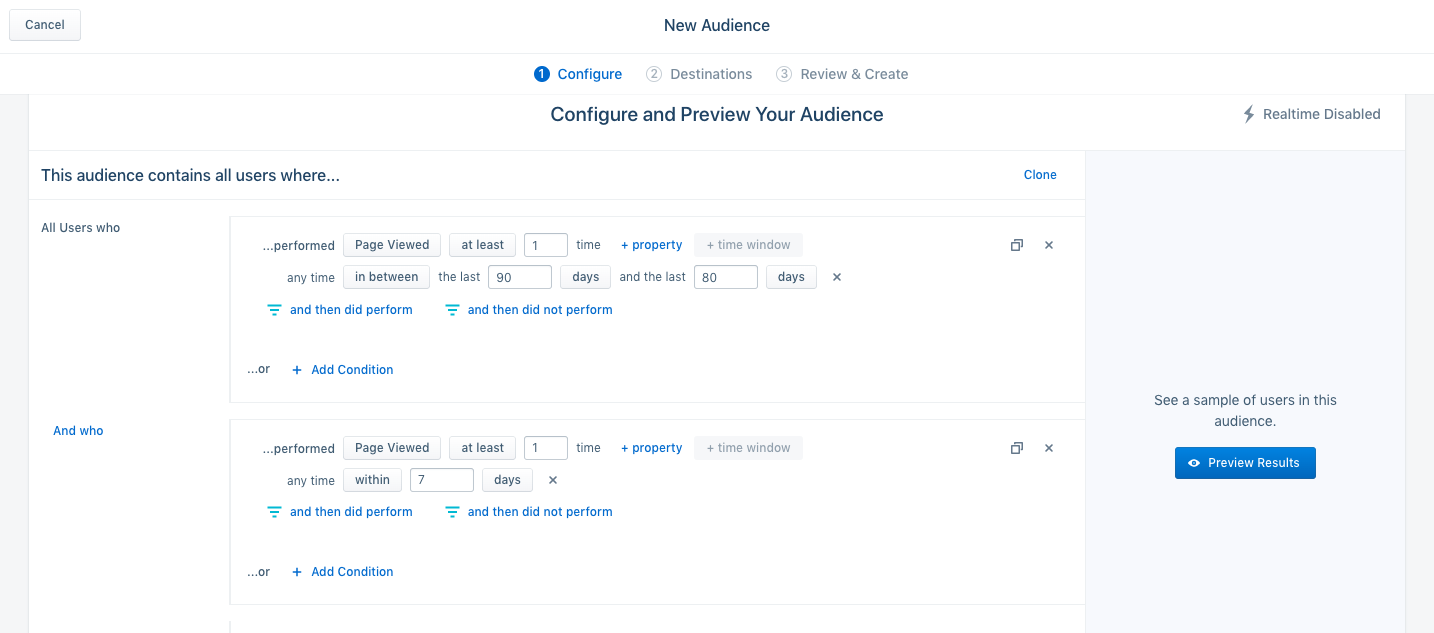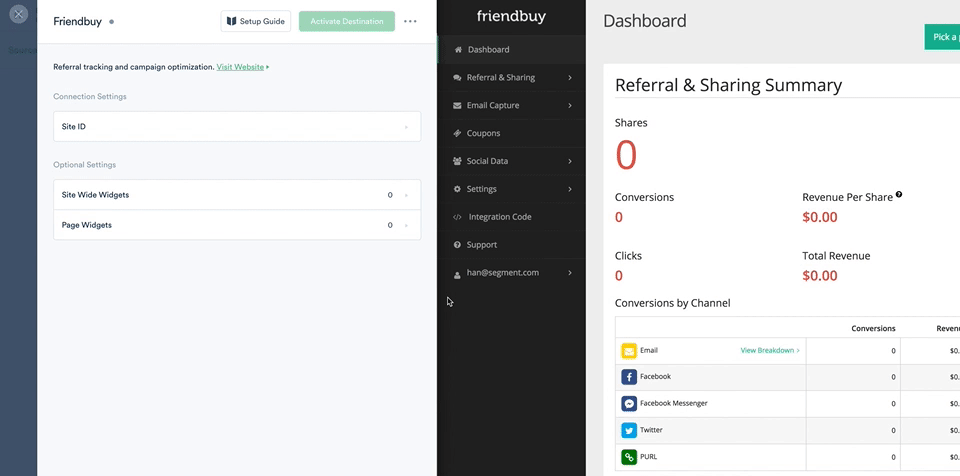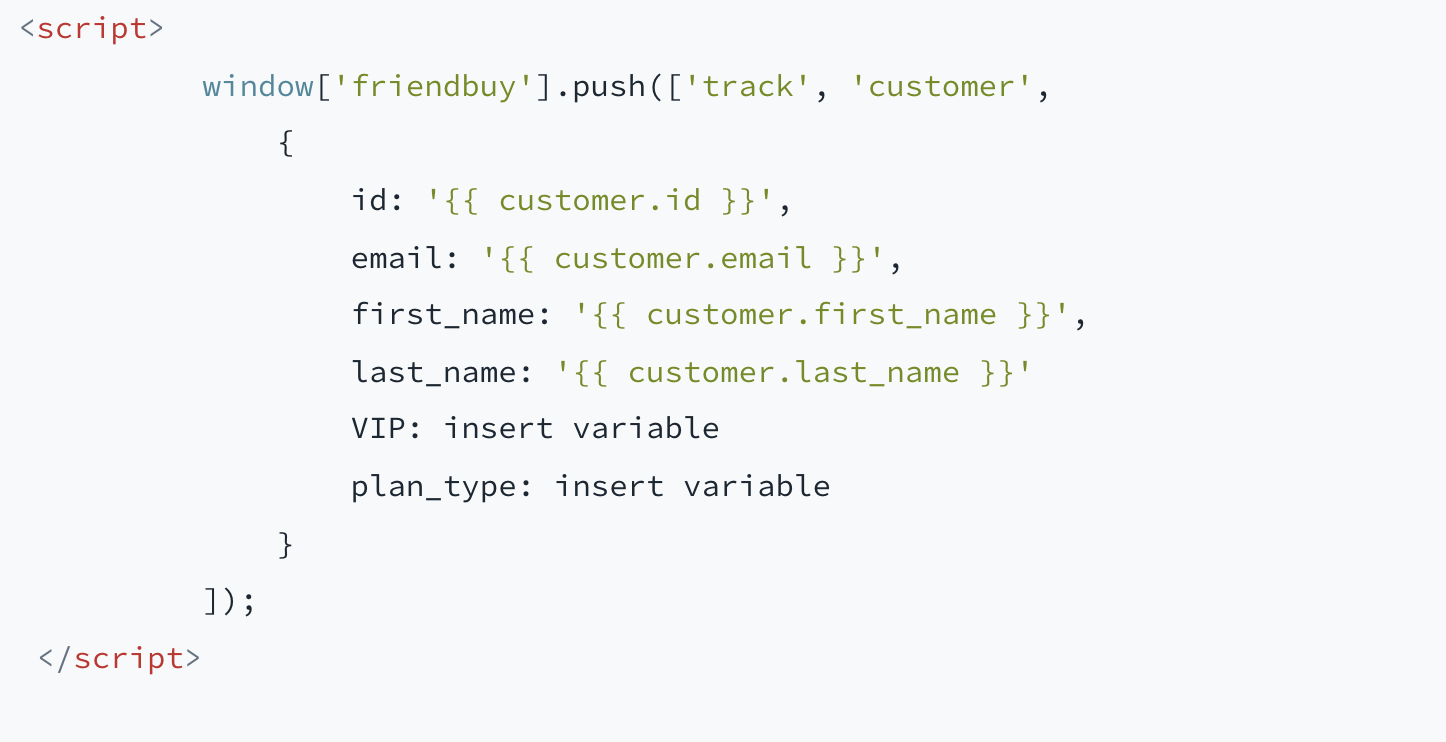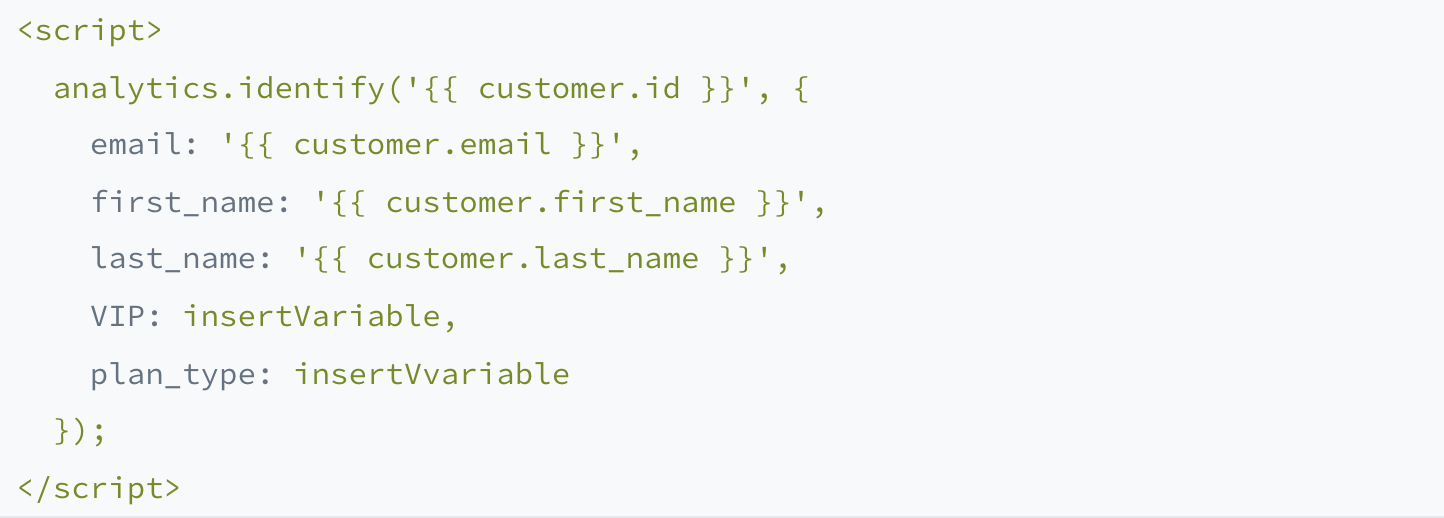Determining the right time to ask for referrals
In this recipe, you’ll learn how to identify the moment your users receive maximum value from your product. That’s the best time to prompt them to refer colleagues and friends to your product.
In this recipe, you’ll learn how to identify the moment your users receive maximum value from your product. That’s the best time to prompt them to refer colleagues and friends to your product.
The peak of a user’s enthusiasm for your product often comes right after your product has — for the first time — delivered on the value they signed up for.
This is the moment you grab their attention. Don’t be subtle about it. Pause everything and suggest they invite others who can benefit from your product.
Here’s an example: A user downloads a habit tracking app with the goal of quitting smoking. After one week of successfully sticking to their daily goal, they receive a badge, and the app lets them know that this is an important milestone. Smokers who can go one week without smoking are nine times more likely to successfully quit permanently than those who don’t make it just one week. That’s huge.
And now’s when you offer them a frictionless way to refer friends. They’ve been given proof that your product is valuable, and they have a reason to excitedly share it with others.
Note that getting users to refer will be easier if bringing in others improves the original user’s product experience. Startups with the best referral rates implement product features to capitalize on this psychology. For example, using our smoking example, bringing in a friend could unlock a Friend Accountability feature within the app. Now there’s someone else to track your progress and hold you accountable.
Using Segment Personas, you can easily create a custom audience of users who’ve reached your magic moment. And you can trigger a referral prompt so you strike while the iron is hot.
This recipe assumes you have Segment installed, and that you’re tracking purchase events. If not, see our documentation here.
First, you’ll need to identify your magic moment. Sometimes it’s obvious, and sometimes… not so much.For example, if you're Warby Parker (who ship glasses to people’s homes), the magic moment is likely right after someone places their glasses on and feels that they fit great and make them look good.
Unfortunately, you can't track that moment digitally. Instead, you can use a couple of proxies for identifying their happiness:
Proxy 1: When people pay for you again. If they come to buy again, you know you have them genuinely hooked. That’s your referral intervention point.
Proxy 2: Look at your cohort analysis. Using a tool like Mixpanel or Amplitude, you could perform an analysis of how long users stay engaged on average. You might find that 40% of your users quit the app after month one, and another 30% leave after the second month, but 90% of users who make it to the third month stay at least a year.
Bingo. That’s your magic moment window, and around that time is when you should prompt users to refer.
Once you’ve determined your magic moment, Segment helps you create your audience based on that. For the example below, we’ll target users who cross the three month threshold:
Log into Segment
Navigate to Personas > Audiences.
Click New Audience.
Then set up your configuration, as shown below. Here’s what we’re telling Segment: Find all users that have triggered the Page Viewed event at least once ~ 3 months ago, and at least once within the last 7 days (meaning they’ve been active over the course of the last 3 months).

Click Preview Results, and then Select Destinations.
Choose the destinations you want to send this data to. For example, an email marketing tool, Google Analytics, or anything else in your stack that integrates with Segment. (You can also skip the “Connect Destinations” for now and come back to it later.)
Click Review & Create
Name the audience something obvious, like “Active users - 3 months”
Add a description as a fail-safe
Check the checkbox that says Compute without enabled destinations if you don’t have a destination set up yet. (We’ll do this later in the recipe.)
Click Create Audience.

Log into Segment
Navigate to Personas > Audiences.
Click New Audience.
Then set up your configuration, as shown below. Here’s what we’re telling Segment: Find all users that have triggered the Page Viewed event at least once ~ 3 months ago, and at least once within the last 7 days (meaning they’ve been active over the course of the last 3 months).

Click Preview Results, and then Select Destinations.
Choose the destinations you want to send this data to. For example, an email marketing tool, Google Analytics, or anything else in your stack that integrates with Segment. (You can also skip the “Connect Destinations” for now and come back to it later.)
Click Review & Create
Name the audience something obvious, like “Active users - 3 months”
Add a description as a fail-safe
Check the checkbox that says Compute without enabled destinations if you don’t have a destination set up yet. (We’ll do this later in the recipe.)
Click Create Audience.

This is only one example of how to target users based on magic moments. Other ways include creating an audience based on the number of orders completed, or accomplishing happiness-inducing in-app goals, or beating a hard level in a game.
Segment has a variety of Referral programs that can be integrated as both Destinations and Sources to find the current list of supported Destination platforms, go here.
For this recipe, we’ll use Friendbuy to show how to connect your Referral program to your Segment Audience and show the custom referral page to that Audience.
Setting up Friendbuy is very simple! Just login to your Friendbuy account, go to Integration Code, and copy the Site ID above the snippet box. Then paste it into your Friendbuy Destination setting back in the Segment UI as seen in the gif below:

Since you want to display specific referral offers to specific Audiences (and at specific times), use the Criteria and Widget Targeting options on Friendbuy to connect your pre-made Audiences, and Friendbuy will only display the Referral page to that Audience.
Widget targeting allows you to define user-centric logic, based on customer profile or purchase attributes, to conditionally trigger a specific widget.
Note: This advanced feature is available upon request via your Customer Success Manager or support@friendbuy.com, for an additional cost.
Full instructions for setting up these options on Friendbuy can be found here. To get started, follow these steps:
To set up targeting criteria based on customer attributes saved in your profile database such as VIP, Plan Type, Region, Rewards Earned, etc., you would adjust your track customer JavaScript tag to include new properties, as key-value pairs. Note, these properties passed in Javascript are used at the browser-level only, and will not be stored by Friendbuy.
To pass key-value pairs to Friendbuy, update your existing track


When we think of referrals, we often think of gimmicky incentives such as paying users $50 to refer a friend.
But there are better referral structures to think about. One of them is inherent virality. This is when users invite others as a natural outcome of regular product usage.
An example of inherent virality is Venmo. If your friend sends you money using the app, you have to make a Venmo account of your own to receive the cash. That means, every time you pay someone, Venmo gets a new user
Another example: RedPen is a tool for leaving comments on design mockups. In order for colleagues to leave feedback on your design, they too have to sign up for RedPen.
What we’re talking about is product behavior that brings more users onto the platform in a way where both parties benefit. When you combine inherent virality with the proper timing of magic moments, you have the foundation for a highly effective referral machine.
Here’s what we did in this recipe:
Identified the optimal moment to ask users to refer others
Created your referral audience in Segment Personas
Connected the audience to the popular referral marketing tool, Friendbuy
Covered some additional referral tactics for you to try out

Our annual look at how attitudes, preferences, and experiences with personalization have evolved over the past year.